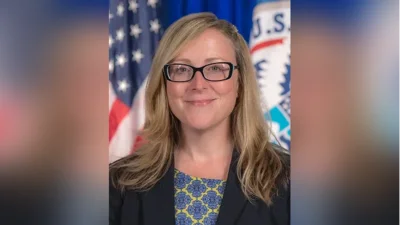Rabbi Dr. Ari Berman, President and Rosh Yeshiva | Yeshiva University
Rabbi Dr. Ari Berman, President and Rosh Yeshiva | Yeshiva University
Kol Shofar, the call of the shofar, is a central commandment of Rosh Hashanah, also known as Yom Tru’ah in the Bible. This day is marked by the sounding of the shofar in synagogues, where congregants await its piercing sound.
Minhagim books, which are concise collections of Jewish laws and customs, began to emerge as a literary genre in the 1600s. These books were often written in Yiddish and aimed at a popular audience. Some editions included illustrations for specific holidays. One notable volume from 1708, housed in a library's rare book room and published in Frankfurt, features coppercut engravings such as one depicting a man blowing a shofar.
This particular 1708 Minhagim book is unique due to its unexpected feature: three woodcuts painted in full color by an owner at some point during its history. Typically, printed books and coppercuts from that era were black and white. The artist who added color followed the lines of the original coppercut engravings, occasionally embellishing them and selecting interesting colors for completion. These colors might reflect popular choices from when they were applied, adding vibrancy to an era often thought of as monochrome.
The three illuminated coppercuts depict recurring rituals performed on Sabbath and holidays: lighting candles, making Kiddush, and reciting Havdalah. As Rosh Hashanah approaches, there is hope that the coming year will be blessed with light—from Shabbat candles to Havdalah—and that the verse “and the Jews had light, happiness, joy, and respect,” recited communally at Havdalah, will come true.
"May this Rosh Hashanah and the coming year be blessed with light," said Shulamith Z. Berger.
###






 Alerts Sign-up
Alerts Sign-up